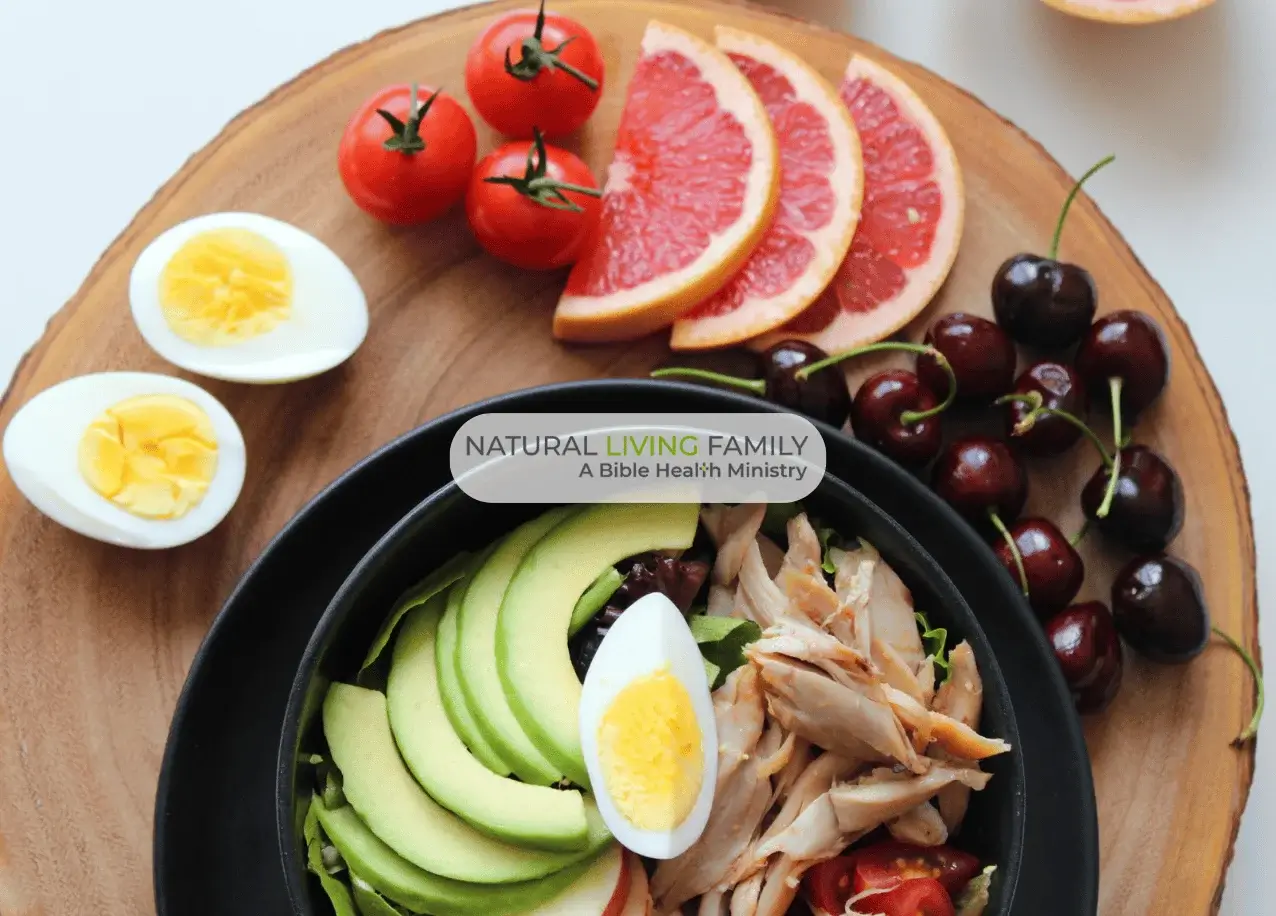Canola oil is a staple in kitchens across America, but it has recently garnered quite a bit of media attention now that researchers at the University of Georgia announced they have unlocked canola’s genome sequence illuminating an “evolutionary love triangle.” Here are some of my favorite canola oil nutrition facts that will help you decide if you want to use canola oil in your cooking.
Table of Contents
Pros and Cons of Canola Oil
Professor Andrew Paterson, director of UGA’s Plant Genome Mapping Laboratory and co-corresponding author for the study said, (1, 2)
“This genome sequence opens new doors to accelerating the improvement of canola. We can use this knowledge to tailor the plant’s flowering time, make it more resistant to disease and improve a myriad of other traits that will make it more profitable for production in Georgia and across the country.”
As studies like this get more and more common, the Great Canola Oil Debate reignites and consumers become more and more bewildered.
What is all the confusion about?
Since there are two exceptionally passionate sides to this debate, it can be a challenge to find the underlying cause of it all.
On one side of the argument, the detractors say canola oil is poison and that it contains “the infamous chemical warfare agent mustard gas,” and is responsible for most maladies from mad cow disease to blindness. (3)
Then you have the canola supporters who say the oil is one of the healthiest to be found because it contains high levels of omega-3s, is an excellent source of oleic acid, and is low in saturated fat. While these arguments might both be true, there is a whole lot more to story…
Canola Oil Nutrition Facts
Let’s just put it out there: Canola is a big industry. In fact, the canola industry is so big, it has an impact on United States’ GDP. Here are seven facts from the U.S. Department of Agriculture: (4)
- Canola oil is the third most produced vegetable oil.
- In 2024, the global canola oil market size reached 29.1 million metric tons.
- Canola meal is one of the most common protein meals on the planet, second only to soy.
- Just in the U.S., the industry hit a value of $270 million in 2009. These numbers have risen significantly, reaching a global value of over 30 billion in 2024.
- Canola oil has gradually grown from the 6th biggest oil crop in the world to the 2nd over the past 40 years.
- Canola equals 15 percent of the total oil production globally.
Interestingly, there is no such thing as “canola meal” because the canola plant doesn’t actually exist. Canola is actually derived from the rapeseed plant, a member of the mustard family known for being inedible. But the researchers, after years of probing, found out how to chemically engineer rapeseed to meet the U.S. Food and Drug Administration (FDA) standards for human consumption. The canola industry then doubled down with a brilliant marketing campaign and the rest is history.
Similar to how brands like Xerox and Kleenex have become household names that are synonymous with their products, the Canola Oil brand, by default, has come to stand for edible rapeseed. Why should you care? Because rapeseed has significant health risks associated with it due to high levels of erucic acid, a monosaturated omega-9 fatty acid. Rapeseed has also been linked to heart disease. (4)
Now, nearly all canola oil manufacturers use some variety of chemically modified edible rapeseed. And while you probably assume canola is only used for cooking oils, bio-fuel, and animal feed, you may be shocked to discover that canola can also be found in soap, printer ink, lipstick, lip gloss, lotion and de-icing agents. But to really explore the misconceptions that surround the health benefits of canola, you have to look at the oil’s telling history.
The Inconvenient History of Canola Oil
“During WWII, inedible rapeseed oil was used as a high-temperature lubricant on steam ships, but with the switch to diesel engines in the following decade, industrial demand declined,” according to the U.S. Department of Agriculture.
Because of the elevated levels of erucic acid and the fact that rapeseed oil was poisonous and banned by the FDA, the demand for it was low in the years immediately following WWII. Also, due to toxic levels of glucosinolates, a composition that slows animal growth, rapeseed as an animal feed also saw low demand.
However, by the time the swinging 70s arrived, scientists and plant breeders were already considering the possibility of engineering several varieties of Low-Erucic Acid Rapeseed (LEAR). These engineered versions allegedly contained lower levels of glucosinolate. For marketing purposes, these altered strands were registered under the “canola” name by the Western Canadian Oilseed Crushers Association in 1978.
It was in 1985 that the FDA got around to granting the oil derived from these LEAR varieties its coveted “GRAS” (Generally Recognized as Safe) moniker. This paved the way for marketers to tout the oil – with its low saturated fat – as a “health food.”
The Nutritional Breakdown Facts
Like any product in the grocery store, the only way to truly understand the nutritional value of canola is to check the nutrition facts. Here’s the nutritional value of one serving of canola oil: (5)
- Calories (1927)
- Trans Fat (1g), however, some reports claim that number is much higher (6)
- Saturated Fat (16g – 80% RDV)
- Total Fat (218g – 335% recommended daily value)
- Vitamin K (155mcg – 194% RDV)
- Vitamin E (38.1mg – 190% RDV)
Once we dissect those 218 grams of fat, we start to get a clearer picture of canola oil:
- Polysaturated Fat (61.4g)
- Monosaturated Fat (138g)
- Saturated Fat (16.1g)
- Omega-3 fatty acids (19,921 mg)
- Omega-6 fatty acids (40,646 mg)
Look, it ultimately comes down to this: Not only is canola high in trans fats, which we know are a leading cause of heart disease, but it also contains high levels of Omega-6 fatty acids and is one of the largest contributors to the omega-3 and omega-6 imbalance. (7)
Inflammation & Other Side Effects of Canola
Unfortunately, in America and other industrialized nations, excess consumption of omega-6 fatty acids has caused a deficiency of omega-3. While the typical omega-6 to omega-3 fatty acid ratio should be 2:1, it is actually more like 20:1. These discrepancies can be associated with inflammation and other chronic diseases all throughout the body.
In fact, symptoms of severe omega-3 deficiency include:
- Memory loss
- Joint pain
- Mood imbalance
- Heart disease
- Dry skin
Autoimmune Disease Risks
Those suffering the most from omega-3 deficiencies tend to be those with poor diets, which contain abnormal amounts of processed foods, hydrogenated oils, and large amounts of canola oil. If that’s not bad enough, here are a few more side effects of excessive canola cooking oil consumption:
- Elevated risks of cancer associated with the hydrogenation process
- Growth retardation
- Irregularities in blood platelets
- Damage to free radicals
- Liver and kidney breakdown
Safety First: Choosing a Healthy Cooking Oil
When discussing whether or not canola and other vegetable oils are safe for human consumption, you have to look at the production process. For example, many of the vegetable oils available to consumers go through an extremely unnatural processing method that requires high heat, deodorization, and the poisonous solvent hexane. It is because of this trifecta that higher levels of trans fats are created. (8)
In fact, when an evaluation between soybean and canola oils was conducted in the U.S., researchers found that “The trans contents were between 0.56% and 4.2% of the total fatty acids,” according to an article in the Journal of Food Lipids.
On the other hand, cold-pressed organic oils do not undergo the same process and are safer to consume because they won’t contain as many oxidized fats or trans fats.
At the end of the day, canola is not as bad as some of the other vegetable oils, but it’s still quite harmful for you to consume; especially on a regular basis. It’s my hope that you’ll never use canola oil again and instead, use olive oil, coconut oil, or palm oil for your cooking needs.
References:
- https://www.imarcgroup.com/canola-oil-market
- https://apps.fas.usda.gov/newgainapi/api/Report/DownloadReportByFileName?fileName=Oilseeds+and+Products+Annual_Ottawa_Canada_CA2024-0008.pdf
- https://web.archive.org/web/20170614200419/http://www.plantgenome.uga.edu/
- http://news.uga.edu/releases/article/canola-genome-sequence/
- http://www.westonaprice.org/health-topics/the-great-con-ola/
- https://www.ers.usda.gov/topics/crops/soybeans-oil-crops/
- http://nutritiondata.self.com/facts/fats-and-oils/621/2
- http://onlinelibrary.wiley.com/doi/10.1111/j.1745-4522.1994.tb00244.x/abstract
- http://www.mayoclinic.org/diseases-conditions/high-blood-cholesterol/in-depth/trans-fat/art-20046114
- https://www.hsph.harvard.edu/nutritionsource/2015/04/13/ask-the-expert-concerns-about-canola-oil/











